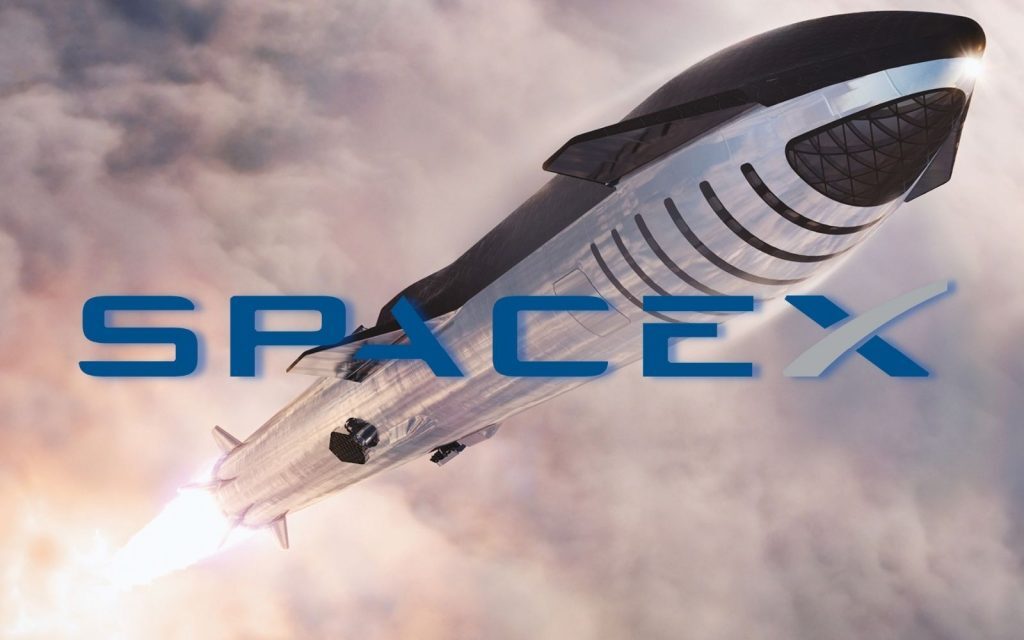SpaceX’s Starship rocket spent most of the first half of 2021 exploding, either on takeoff or on landing. It finally made it to the ground in one piece, setting the stage for an orbital test where the rocket would leave Earth’s atmosphere. We’ve waited. And waited. Now, the wait may be over.
SpaceX’s Super Heavy Starship booster has been placed on a launch pad, waiting for the Starship rocket to be stacked on top of it. That rocket is called Ship 24 and, according to sources, it could finally enter orbit following a 10 April launch. However, nothing’s official just yet.
Waiting for Starship
There is some evidence to support the massive rocket finally taking the big leap, however. NASA has reserved a pair of its WB-57 aircraft, which are used for launch observations, for 10 and 11 April. That’s not conclusive, but it suggests that there’s a launch window that SpaceX could be firing through. The only thing missing is a launch license from the FAA and the company’s said to be working on that.
The Starship rocket is, quite frankly, gigantic. SpaceX has had to reinforce the launch pad and install additional shielding to protect the mount and launch tower from the power of 33 Raptor engines firing in unison. To give you an idea of how bonkers this engine setup is, Falcon Heavy uses three Falcon 9 cores for lift. This setup adds up to 27 Merlin 1D engines. Each Raptor engine generates three times as much thrust as a Merlin 1D.
If we’re doing a straight conversion, 33 Raptor engines are as powerful as 99 Merlin engines. That’s… a very big bang.
Read More: NASA to announce the Artemis II mission crew tonight at 17h00
When SpaceX’s most ambitious rocket to date is launched, it’ll (hopefully) perform its only stage separation, achieve orbital velocity, and then reenter Earth’s atmosphere near Kaui in Hawaii. It’ll attempt a controlled landing in the ocean, meaning that it is being intentionally tested to destruction. Provided it gets this far, SpaceX’s engineers will use the information gathered to improve the rocket for the next round.
Source: Ars Technica




